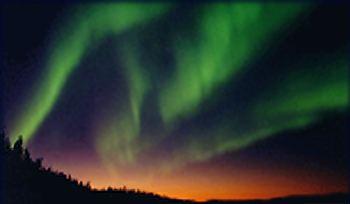
- Protection: The atmosphere protects
us from excessive harmful radiation from space, and the Earth's magnetic
field is largely responsible for deflecting energetic particles (mainly
the solar wind) toward the poles, where they produce auroras.
|
Influence of
Space on Earth
- Constant effects: Radiation
and solar wind from the Sun; Tides produced
by the Moon; A constant rain of small solar system debris and
meteorites and cosmic rays; [Can they lead to mutations? Do their cycles
relate to ice ages?].
- Impacts: There is evidence of
many large asteroids and comet impacts, some with global consequences.
- Supernova explosions: According
to some scientists, this is what will one day destroy life on
Earth (one that is waiting to happen is eta Carinae, but it is
too distant for that).
- Plus: The Earth probably "wasn't
meant" to have a natural satellite, but it has one, the
Moon; and also tons of smaller debris [the thousands of pieces
of 17,000-mph space junk we placed in orbit ourselves!].
|

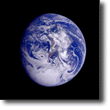


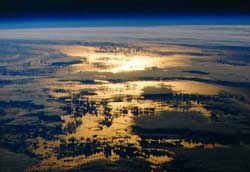
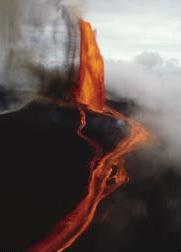
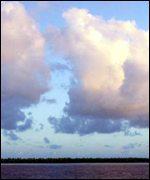
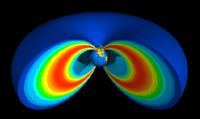
![]()